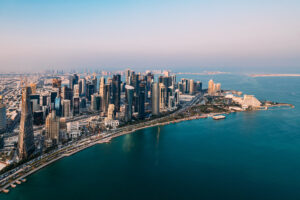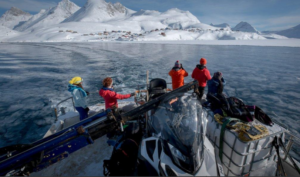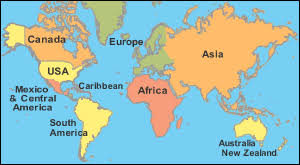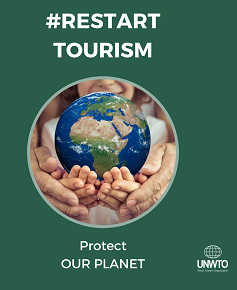‘Everest region a hotspot of cryosphere-linked hazards , over 25,000 glacial lakes across HKH region’

Travel Biz News —
Kathmandu – A new study on a 2024 glacial lake outburst flood in the Everest region finds that a ‘devastating, and complex, chain reaction’ of geological and geomorphological factors amplified the destructive power of the flood that decimated the iconic high-altitude trekking village of Thame, in Solokhumbu, Nepal, on 16 August 2024.
Thame Valley Glacial Lake Outburst Flood – Causes, Impacts, and Future Risks, authored by risk experts at the International Centre for Integrated Mountain Development (ICIMOD) Sudan Bikash Maharjan, Tenzing Chogyal Sherpa, and Arun Bhakta Shrestha, confirms that a rock avalanche triggered a powerful displacement wave when it hit a glacial lake at 4,900 metres, causing the lake to breach and releasing 156,000 cubic metres of water.
This outflow fell 120 metres, amplifying its erosive power – and hit a second lake, whose moraine-dam then breached, leaving a hole 22-metre high (the height of an eight-storey building) and 51-metre-wide and releasing an additional 303,000 cubic metres of water. The combined waters transformed into a ‘hyper-concentrated flow of slurry’ as they swept downstream, transporting debris, including large boulders, 80km downstream and eroding riverbanks in its path.
A natural narrowing of the river channel (downstream of the Thyanbo outwash plain) combined with the draining of a temporary ponding of floodwaters tragically amplified the flood’s erosive force. This went on to cause erosion and landslides, and mobilised large quantities of debris as it moved towards and ultimately covered the entire half-a-kilometre wide valley floor near the Thame Village.
The flood caused extensive destruction, including homes, a school, a health post, a bridge, and damaging a hydropower plant, but thanks to the event’s occurrence in daylight and phased nature of the flood due to the ponding, no loss of life.
Nepal has seen over 90 GLOFs since the early 1920s, and the Everest region has withstood five significant events in less than 50 years – including the 1985 GLOF of Dig Tsho, which struck the neighbouring valley to the Thame event, wiping away a newly constructed hydropower plant.
GLOFs are among the most destructive and prominent hazards in high-mountain regions. Capable of releasing millions of cubic meters of water and debris within hours, they can cause catastrophic damage downstream: unleashing torrents of water that obliterate communities, devastate infrastructure, and permanently reshape landscapes.
The accelerating impacts of climate change, particularly in the Hindu Kush Himalaya (HKH) region, are compounding these risks. The HKH, warming at an average of 0.28 degree Celsius per decade, is experiencing unprecedented glacier mass loss, which has increased by 65% in recent decades compared to earlier periods. This rapid glacier retreat has fuelled the proliferation of over 25,000 glacial lakes across the region, spanning the Amu Darya, Indus, Ganges, Brahmaputra, and Irrawaddy basins.
The study, launched at an event to mark International Disaster Risk Reduction Day co-hosted by Nepal’s National Disaster Risk Reduction Management Authority (NDRRMA), Government of Nepal, Disaster Preparedness Network-Nepal (DPNet-Nepal), ICIMOD yesterday, was conducted jointly by ICIMOD and Nepal’s NDRRMA, along with partners from the Asian Development Bank and BGC Engineering, and combined satellite analysis, drone surveys, and on-ground geomorphological assessments.
Support for the study also came from the District Administration of Solokhumbu, as well as the Sagarmatha Pollution Control Committee who provided drone footage to help in the technical assessments , according to a release issued by ICIMOD.
The Hindu Kush Himalaya (HKH) region stretches 3,500km across Asia, spanning eight countries – Afghanistan, Bangladesh, Bhutan, China, India, Myanmar, Nepal, and Pakistan. Encompassing high-altitude mountain ranges, mid-hills, and plains, the zone is vital for the food, water, and energy security of up to two billion people and is a habitat for countless irreplaceable species. It is also acutely fragile, and vulnerable to the impacts of the triple planetary crisis of climate change, pollution, and biodiversity loss.
14 October , 2025
Image :Drone image captured on 17 October 2024 shows Rhindi Cho, with an ice cliff indicating that the lake was formed on the glacier surface, and an erosional scar on the end moraine caused by the flood impact. ( Photo : Footage from SPCC )














